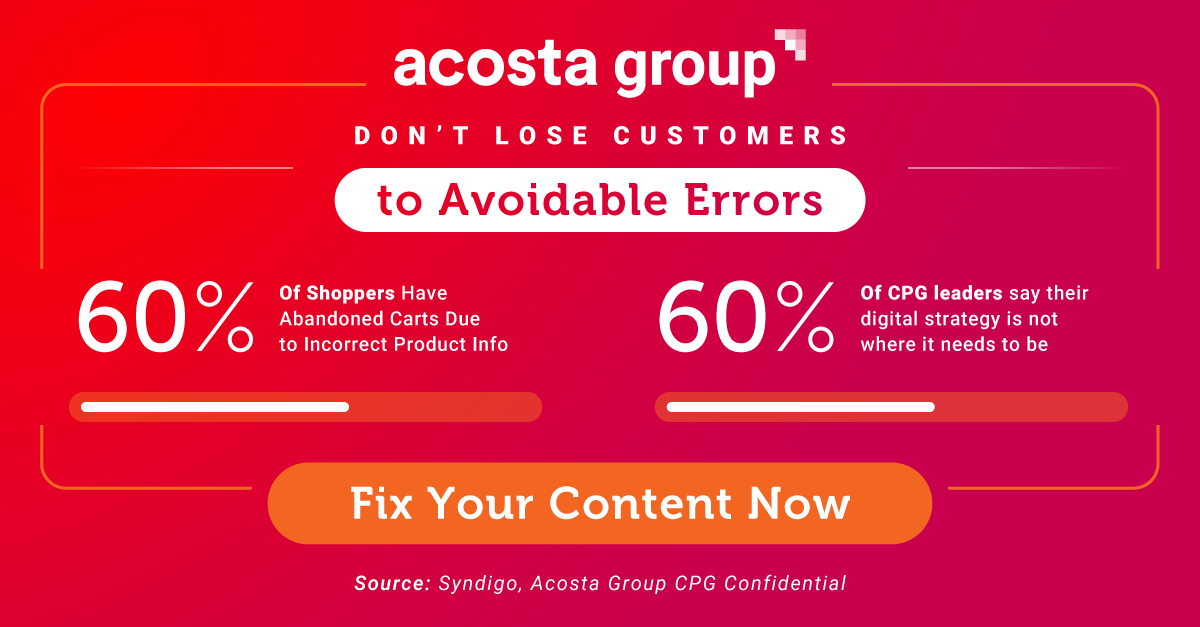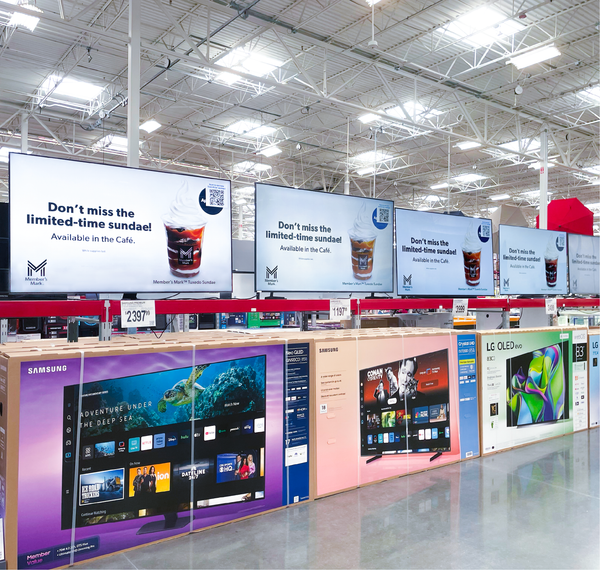The 3 Ways Agentic Commerce Could Destroy Retail Media
While the timeline remains uncertain, the direction is clear. Retailers clinging to traditional advertising models without planning for agent-mediated commerce risk being left behind.

Last week was a bit crazy with travel—first to NYC for the IAB's Connected Commerce Summit, then Silicon Valley for RMN Ascendant. eMarketer retail industry analyst Sarah Marzano and I (who had the same grueling itinerary) joked that the week appeared to be a science experiment designed to test how many panels one could sit through while sleep-deprived. Despite the toothpicks keeping my eyes open, it was a great occasion to hear what's on the minds of brands, retailers, and solution providers in the retail media space.
One thing that was clear to me: everyone is trying to figure out agentic commerce. The questions are flying fast—Will AI agents really change how people shop? When? And what does it mean for the $60+ billion retail media industry that's become retailers' golden goose?
I've been developing a theory about this, which I shared in my two-part series a few weeks ago arguing that agentic shopping poses an existential threat to retail media. Recently, I had the chance to stress-test these ideas with Nick Morgan and Paul Blackburn on their Commerce Media Matters podcast, and the conversation helped crystallize why this isn't just futuristic speculation—it's a scenario retailers need to plan for now.
The Three-Pillar Economics Under Threat
First let me recap the foundation of my argument. Retail media economics rest on three pillars:
On-site advertising (70-80% profit margins): The digital surfaces consumers interact with—websites, apps, search results where brands pay premium prices for sponsored product listings and display banners.
Off-site data monetization (~40% profit margins): Retailers sell their transaction and audience data to help brands target shoppers across third-party publishers like Disney or Instagram.
Physical trade marketing (near 100% profit margins): Traditional in-store formats like endcaps and shelf displays.
Here's where it gets interesting. When consumer behavior shifts from browsing retailer websites to telling ChatGPT or another AI agent "build me a shopping basket for tacos tonight," something profound happens to these revenue streams.
When Surfaces Disappear
As I explained to Nick and Paul, the surface goes away. So those sponsored products kind of become irrelevant. If consumers stop visiting retailer.com to search and browse, those valuable on-site ad placements that generate 70-80% margins suddenly have no audience.
But the threat runs deeper than just lost ad inventory. In an agent-mediated shopping world, both the retailer and the AI platform have the transaction data. So now there are two entities that have purchase and transaction and consumer signals data, which means that there's now competition on it.
That exclusive first-party data that retailers have been monetizing through off-site advertising partnerships? No longer exclusive. The LLMs will possibly have even richer data across multiple retailers and could easily monetize this by allowing brands to activate against these audiences directly.
Did you know that 60% of shoppers abandon carts when product info is wrong? Before you ramp up your ad spend, fix the shelf. Acosta Group’s award-winning Connected Commerce crew is trusted by brands like Coca-Cola and Sanofi to deliver critical content updates. Acosta Group handles it all, then layers on media buying.
Learn more about Acosta Group’s Connected Commerce capabilities.
The Physical Reality Check
Paul raised an important point about scale that grounds this theory in reality. E-commerce represents roughly 20% of total retail, and agentic shopping will initially be just a fraction of that. We're not talking about the death of retail media overnight.
I don't disagree. We're talking about shopping behaviors that are still extremely nascent. And there's plenty of smart people like Andrew Lipsman who are highly skeptical of such a shift occurring in any near-term horizon.
But here's my view: even if the timeline is long, retailers who rely on media as a revenue stream should start thinking about this now. The probability of short-term disrupti0n is low, but the downside risk to their business is extremely high.
Interestingly, physical stores remain largely immune to this disruption. People will still enjoy the theater of in-store retail. Those endcaps and shelf displays that digital retail media was supposed to cannibalize? They're looking surprisingly resilient.
The Amazon vs. Walmart Divide
What's fascinating is how the two retail giants are approaching this threat differently. Amazon is building a walled garden—betting that consumers will adopt Alexa Plus and Rufus as their primary shopping agents. Walmart is taking the opposite approach, opening their ecosystem to external agents so you could theoretically order from Walmart.com through Perplexity or ChatGPT.
It's a philosophical divide that mirrors broader questions about platform strategy. Amazon's approach might preserve some on-site advertising revenue temporarily, but risks losing shoppers to more open ecosystems. Walmart's openness might attract shoppers but explicitly surrenders control over the ad experience.
Treating Agents as VIP Customers
Rather than viewing AI agents as a threat to block, retailers should look at AI agents as your VIP customers, as I suggested on the podcast. These agents will have enormous purchasing power on behalf of consumers. Make it easy for them to access your product catalog, inventory levels, and pricing.
The retailers who build the most agent-friendly systems—with rich product data and seamless integration capabilities—will be the ones these AI systems recommend over competitors. As I told Nick and Paul: "What better customer could you ask for than that?"
This is just one piece of advice for navigating an AI-driven commerce future. For a complete playbook on how retailers and brands should prepare—from reimagining loyalty programs to investing in authentic reviews—check out Part 2 of my series on agentic shopping.
My conversation with Nick and Paul – as well as the side conversations at industry events last week – reinforced my belief that while the timeline remains uncertain, the direction is clear. Retailers clinging to traditional advertising models without planning for agent-mediated commerce risk being left behind.
You can hear the full discussion on the Commerce Media Matters podcast—definitely worth a listen for more insights on where commerce media is headed.






